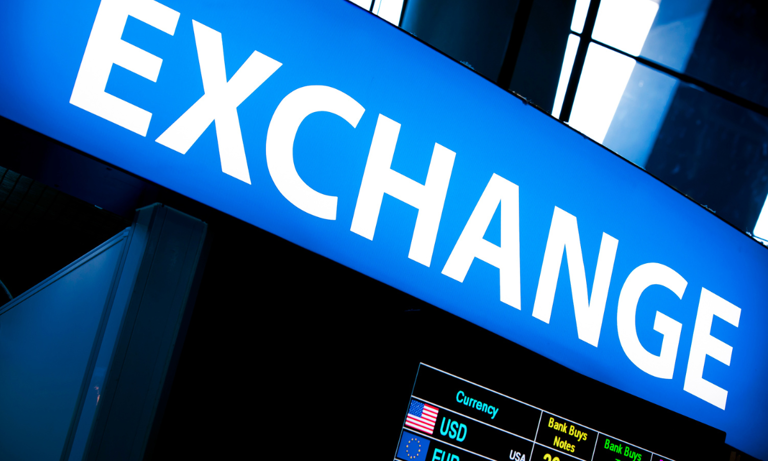Centralised exchanges (CEX) like Binance and Coinbase have played a crucial role in introducing the majority of crypto users to the space. These platforms have provided a user-friendly experience, offering access to various cryptocurrencies and easy conversion between fiat and crypto. However, the centralised nature of CEX platforms raises concerns about trust and compliance. Users must rely on the platform’s corporate entity to safeguard their funds and comply with regulatory requirements such as KYC (Know Your Customer) processes.
In response to these issues, decentralised exchanges (DEX) have emerged as an alternative. DEX platforms align with the decentralised nature of cryptocurrencies by eliminating the need for KYC and enabling users to retain control over their assets. These platforms operate through automation and community governance, offering additional benefits such as access to decentralised finance (DeFi) opportunities for passive income generation through staking, lending, and yield farming.
However, DEXs come with their own set of challenges. They often lack user-friendliness and require users to possess a significant level of knowledge to navigate their DeFi features effectively. Moreover, due to the absence of a centralised entity facilitating trades, DEXs face liquidity issues. Users must trade directly with one another through automated market makers, resulting in slippage and higher-than-expected transaction costs. Additionally, DEXs do not support crypto-to-fiat conversions due to the lack of compliance processes, as they lack the corporate infrastructure to handle KYC requirements.
To address these trade-offs between centralised and decentralised exchanges, innovative solutions are being developed. Some projects are working on hybrid exchange models that combine the user-friendliness and liquidity of CEXs with the privacy and control offered by DEXs. These solutions aim to provide a seamless user experience while maintaining the core principles of decentralisation. Other initiatives focus on improving liquidity on DEXs through innovative mechanisms such as layer-two solutions and liquidity aggregators.
As the crypto industry continues to evolve, it is likely that further advancements will be made to bridge the gaps between centralised and decentralised exchanges. The goal is to offer users the best of both worlds, providing convenience, security, liquidity, and compliance in a decentralised environment. These developments will contribute to a more inclusive and accessible crypto ecosystem, empowering users with greater control over their financial assets while ensuring regulatory compliance.

